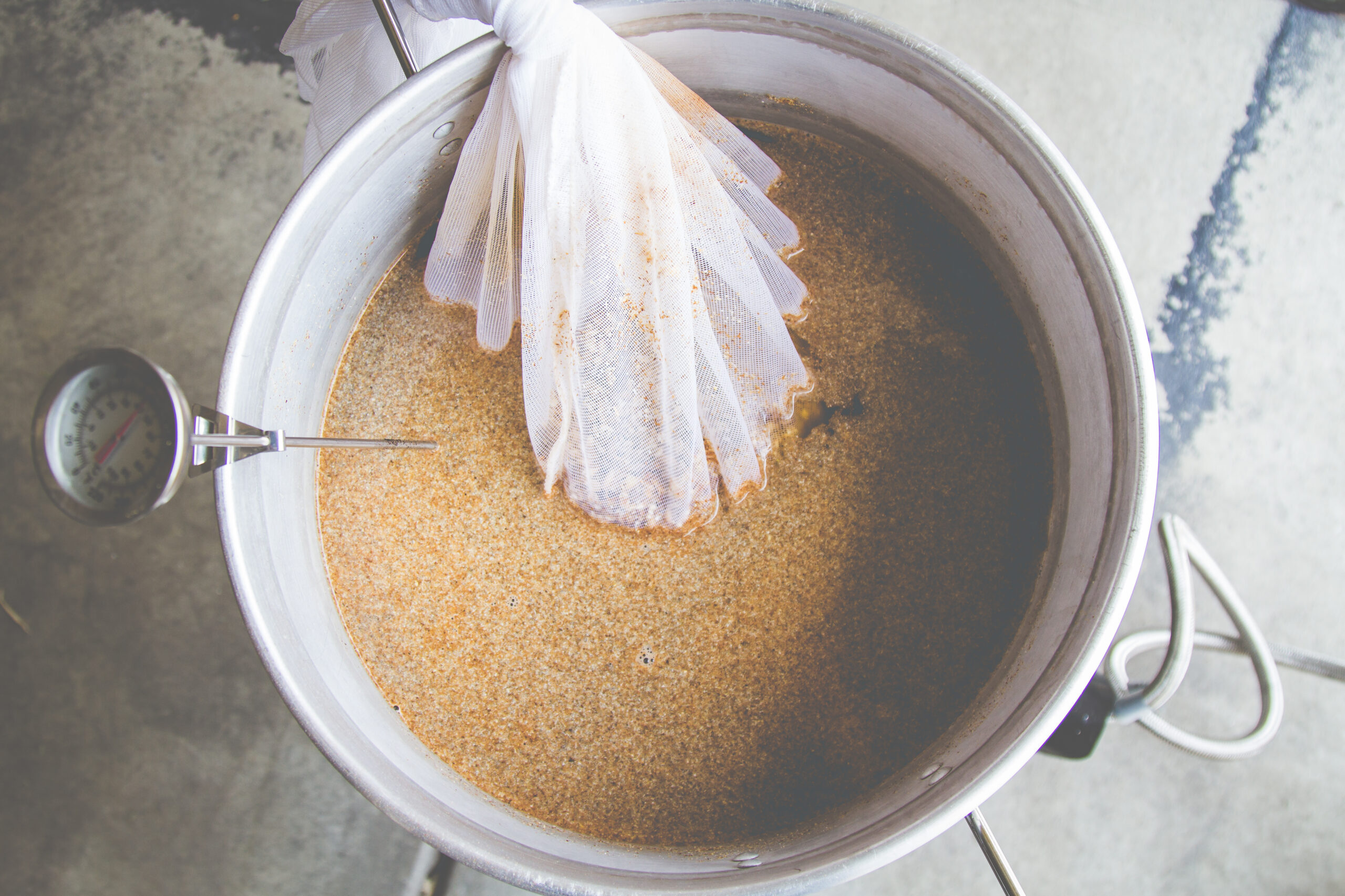Home brewing is a captivating hobby that allows beer enthusiasts to explore their passion for craft beer on a whole new level. By mastering the art and science of brewing, you can create unique and delicious beers tailored to your personal taste. In this blog post, we will delve into the world of home brewing, from the initial steps of selecting ingredients to the intricate process of fermentation and bottling. Whether you are a beginner or an experienced brewer, this guide will provide valuable tips, tricks, and recipe ideas to help you craft your very own liquid gold at home.
Getting Started
Before you embark on your home brewing journey, it’s important to gather the necessary equipment and ingredients. Here are some essential items you will need:
- Brewing Equipment: This includes a fermenter, airlock, thermometer, hydrometer, siphoning equipment and a boiling pot. Additionally, invest in a good-quality burner, as it will significantly impact the efficiency of your brewing process.
- Ingredients: The core ingredients of beer are water, malt, hops and yeast. Choose high-quality malts and hops that match the style of beer you wish to brew. Consider experimenting with different hop varieties and specialty malts to create unique flavor profiles.
Understanding the Brewing Process
Home brewing involves several distinct steps, including mashing, boiling, fermentation and bottling. Familiarize yourself with each stage to ensure a successful brewing experience:
- Mashing: During this step, enzymes in the malt convert starches into fermentable sugars. Maintain precise temperature control and proper mash times to achieve the desired level of sweetness and body in your beer.
- Boiling: The boiling stage serves multiple purposes, including sterilizing the wort, extracting hop flavors and bitterness, and causing protein coagulation. Follow your recipe’s instructions for adding hops at specific times during the boil.
- Fermentation: After boiling, the wort is cooled and transferred to a fermenter, where yeast is added. The yeast consumes sugars, producing alcohol and carbon dioxide. Maintain proper fermentation temperatures and allow sufficient time for the yeast to complete its work.
- Bottling and Carbonation: Once fermentation is complete, the beer is primed with a small amount of sugar and transferred to bottles or kegs for carbonation. Proper sanitation practices and attention to detail are essential to avoid contamination and achieve consistent carbonation levels.
Experimenting with Beer Styles and Flavors
One of the joys of home brewing is the ability to experiment with different beer styles and flavors. Consider the following approaches to expand your brewing repertoire:
- Clone Recipes: Replicate your favorite commercial beers by finding clone recipes online or in brewing books. This allows you to recreate the flavor profiles of popular beers you love.
- Developing Original Recipes: Once you have gained some experience, feel free to experiment with creating your own beer recipes. Start by tweaking existing recipes and gradually introducing new ingredients and techniques to achieve unique flavors.
- Barrel Aging and Infusions: Explore the world of barrel aging, where beers are aged in wooden barrels to acquire distinct flavors from the wood. Additionally, consider infusing your beer with additional ingredients like fruits, spices, or herbs to add complexity and creativity to your brews.
Joining the Brewing Community
Home brewing is a thriving community filled with passionate brewers willing to share their knowledge and experiences. Consider joining local homebrew clubs or participating in online brewing forums to connect with fellow brewers. These communities provide opportunities to exchange ideas, receive feedback on your brews, and learn new techniques from seasoned brewers.
—
Home brewing is an artful blend of science, creativity, and passion that allows beer enthusiasts to create unique and flavorful brews in the comfort of their own homes. By following the steps outlined in this guide, investing in quality equipment and ingredients, and embracing the joy of experimentation, you can embark on an exciting journey of crafting your very own liquid gold right here in Southeast Missouri.
So, gather your brewing gear, unleash your creativity, and raise a glass to the delightful world of home brewing. Cheers!


